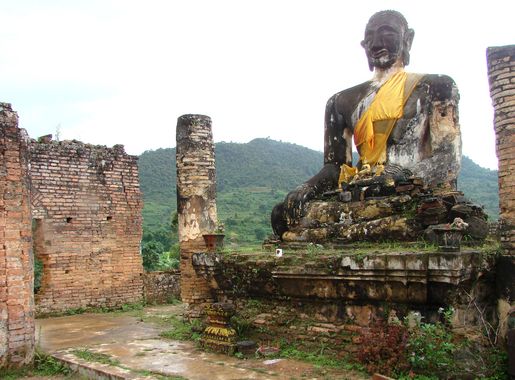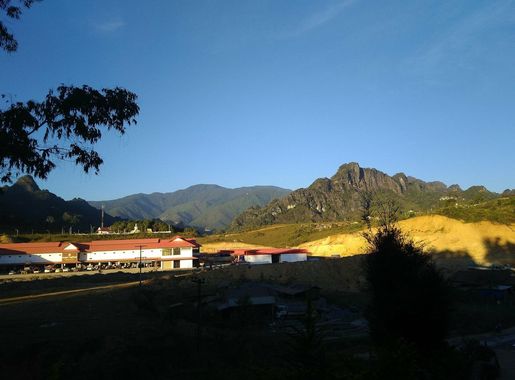
Discover the Untouched Beauty of Xaisomboun Province
Explore the serene landscapes, cultural richness, and adventure-filled trails of Xaisomboun Province in Laos, the ultimate destination for nature lovers and history enthusiasts.
Nestled in the heart of Laos, Xaisomboun Province is a hidden gem waiting to be discovered. Known for its rugged landscapes and rich cultural heritage, this province offers a unique glimpse into the untouched beauty of Southeast Asia. Whether you are an adventure seeker, a history buff, or someone looking to unwind in nature, Xaisomboun has something for everyone. The province is famed for its stunning mountain ranges, including Phou Bia, the highest peak in Laos. Hiking enthusiasts will find numerous trails that offer breathtaking views and a chance to explore the region's diverse flora and fauna. Be sure to visit the Nam Ngum Reservoir, where you can enjoy boating, fishing, and the serene beauty of the water surrounded by lush greenery. Xaisomboun is also rich in history and culture. The province was once a restricted military zone, and remnants of its past can still be seen today. Visit local villages to experience traditional Laotian life and partake in cultural activities such as weaving and cooking. The local markets are a must-see, offering unique handicrafts and delicious street food that will tantalize your taste buds.
Local tips in Xaisomboun Province
- Bring sturdy hiking boots for exploring the mountain trails.
- Visit during the dry season (November to April) for the best weather.
- Hire a local guide for trekking to gain insights into the area's history and culture.
- Don't miss the local markets for unique handicrafts and delicious street food.
- Carry cash, as ATMs and card payment options are limited.
Discover the Untouched Beauty of Xaisomboun Province
Nestled in the heart of Laos, Xaisomboun Province is a hidden gem waiting to be discovered. Known for its rugged landscapes and rich cultural heritage, this province offers a unique glimpse into the untouched beauty of Southeast Asia. Whether you are an adventure seeker, a history buff, or someone looking to unwind in nature, Xaisomboun has something for everyone. The province is famed for its stunning mountain ranges, including Phou Bia, the highest peak in Laos. Hiking enthusiasts will find numerous trails that offer breathtaking views and a chance to explore the region's diverse flora and fauna. Be sure to visit the Nam Ngum Reservoir, where you can enjoy boating, fishing, and the serene beauty of the water surrounded by lush greenery. Xaisomboun is also rich in history and culture. The province was once a restricted military zone, and remnants of its past can still be seen today. Visit local villages to experience traditional Laotian life and partake in cultural activities such as weaving and cooking. The local markets are a must-see, offering unique handicrafts and delicious street food that will tantalize your taste buds.
When is the best time to go to Xaisomboun Province?
Unmissable attractions to see
Patuxay - Victory Monument
Explore the stunning Patuxay Victory Monument in Vientiane, a majestic blend of Lao tradition and French colonial architecture, offering panoramic city views.
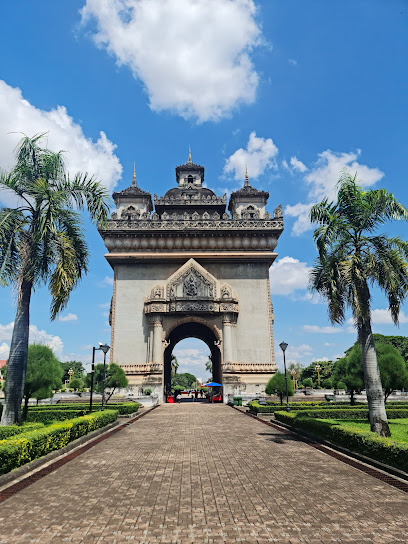
Buddha Park (Wat Xieng Khouane Luang)
Discover the enchanting Buddha Park in Vientiane, where over 200 unique sculptures blend Buddhist and Hindu artistry amidst serene landscapes.
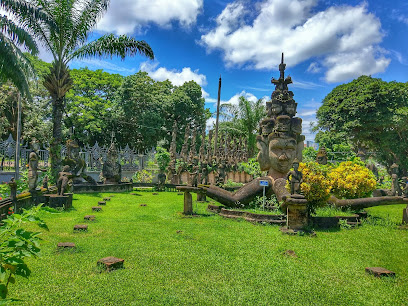
Phou Khao Khouay National Bio-Diversity Conservation Area
Explore the lush landscapes and rich biodiversity of Phou Khao Khouay National Bio-Diversity Conservation Area, a serene escape in Vientiane, Laos.
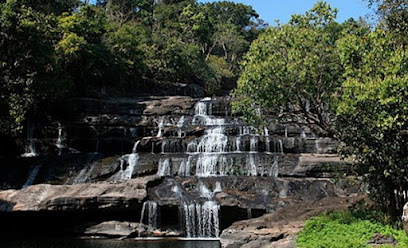
Tham Poukham Cave
Explore the captivating Tham Poukham Cave in Laos, a natural wonder featuring stunning limestone formations and a serene swimming lake amidst lush greenery.
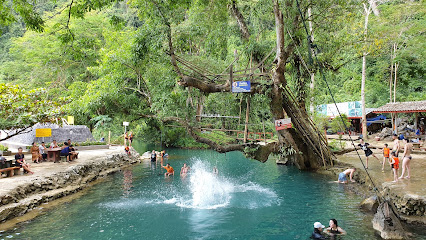
Pha Ngern Silver Cliff View Point
Experience the stunning vistas and serene hiking trails at Pha Ngern Silver Cliff View Point in Phone Ngeun, Laos, a true gem for nature lovers.

Amazing Vang Vieng Paramotor | 인상적인 파라모터 |ພາລາມໍເຕີປະທັບໃຈ | พารามอเตอร์ประทับใจ | 神奇的动力伞
Experience the breathtaking aerial views of Vang Vieng's stunning landscapes with Amazing Vang Vieng Paramotor, a top tourist attraction in Laos.
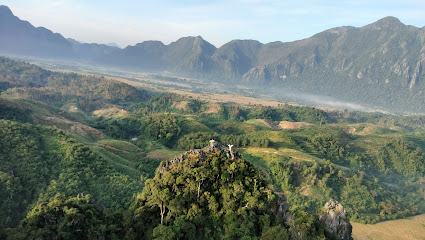
Elephant Village Sanctuary & Resort
Discover the wonders of elephant conservation and immerse yourself in the serene landscapes of Laos at the Elephant Village Sanctuary & Resort.
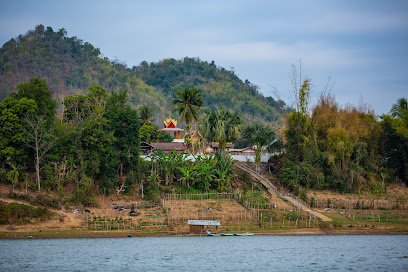
Jang Cave
Explore the enchanting Jang Cave in Vang Vieng—where nature's beauty meets adventure in Laos.
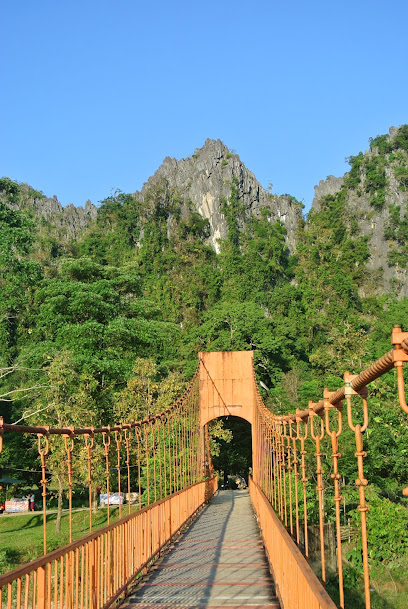
อ่างเก็บน้ำเขื่อนน้ำงึม
Uncover the charm of Vientiane's top tourist attraction, where history, culture, and stunning landscapes await every traveler.
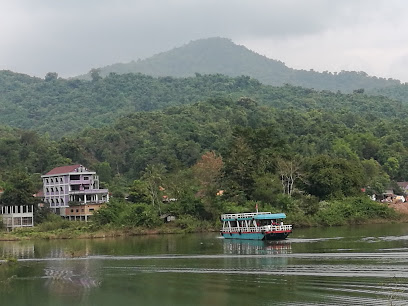
ຂົວສີຟ້າ, ວັງວຽງ Namsong Blue Bridge
Explore the breathtaking beauty of Namsong Blue Bridge in Vang Vieng, where stunning views and local culture await every traveler.

Num Bor Keo Cave
Explore the breathtaking Num Bor Keo Cave in Laos, a serene escape showcasing spectacular stalactites and stalagmites amid tranquil surroundings.
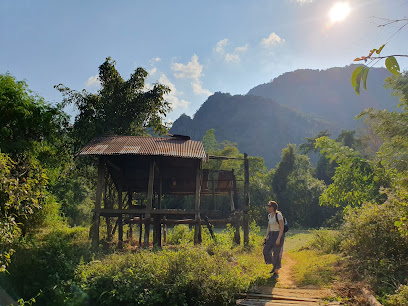
Xiang Khuan Mountain Viewpoint
Discover the stunning landscapes of Laos at Xiang Khuan Mountain Viewpoint, a perfect destination for nature lovers and photographers alike.
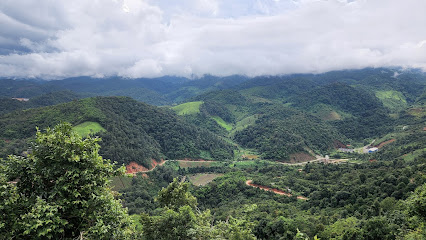
Phou Hua Lon
Discover the breathtaking beauty and serene landscapes of Phou Hua Lon, a must-visit tourist attraction in Laos for nature lovers and adventurers.
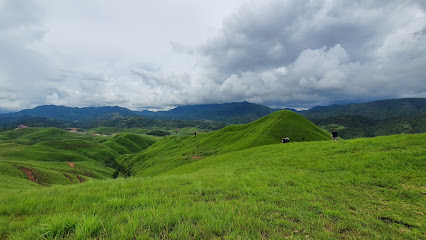
Turn-off to Tad Ka Waterfall
Explore the breathtaking Tad Ka Waterfall in Laos, a serene escape surrounded by lush nature and perfect for adventure seekers and nature lovers.

Tad Xai Waterfall
Experience the serene beauty of Tad Xai Waterfall, a hidden natural treasure in Laos, perfect for nature lovers and adventure seekers.
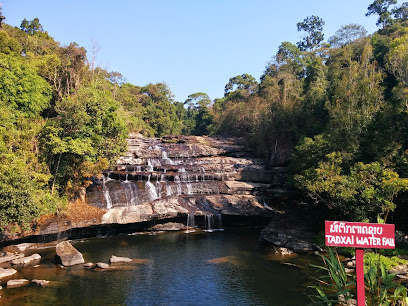
Markets, malls and hidden boutiques
T'Shop Lai Gallery
Explore T'Shop Lai Gallery in Vientiane for unique home goods and handcrafted treasures, reflecting the rich culture and artistry of Laos.

Pathana Boupha Antique House
Explore the rich heritage of Laos at Pathana Boupha Antique House, where timeless treasures and unique crafts await every visitor.
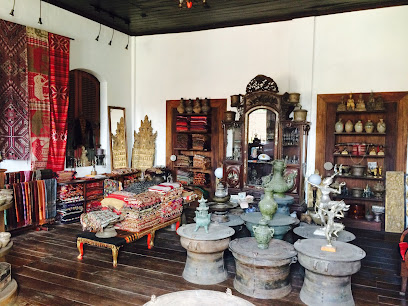
ຮ້ານ ນາງຕີກ ຂາຍອາໄຫລ່ລົດໃຫຍ່
Explore the latest electronics and gadgets at ຮ້ານ ນາງຕີກ ຂາຍອາໄຫລ່ລົດໃຫຍ່ in Sana Somboun – a paradise for tech lovers.
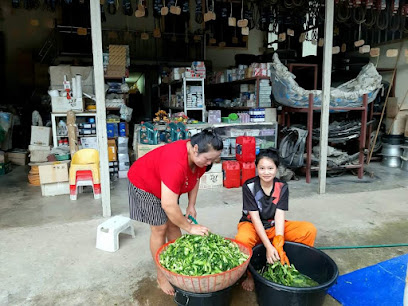
Muang Home Market
Experience the vibrant culture and authentic flavors of Lavec at Muang Home Market, a unique convenience store for tourists.

ຮ້ານ ຂາຍເຄື່ອງຍ່ອຍ ນ ແຫລ້
Discover local products and authentic flavors at ຮ້ານ ຂາຍເຄື່ອງຍ່ອຍ ນ ແຫລ້ in Ban Mouang Cha, a grocery store that showcases the essence of Lao culture.
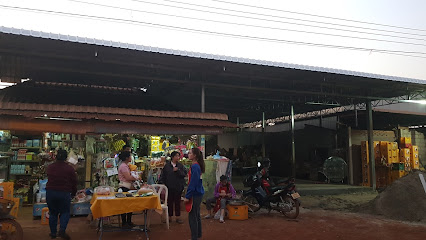
XONPHAO SHOP
Explore the essence of Laos at Xonphao Shop, where local handicrafts and unique gifts come together in a delightful shopping experience.

ຮ້ານvathsana shop
Discover Vathsana Shop in Ban Pho Hièou for unique cosmetics that celebrate local beauty traditions and craftsmanship.

Chittaphon silk fabric boutique
Explore the artistry of traditional Lao silk at Chittaphon Silk Fabric Boutique in Luang Prabang, home to exquisite handcrafted gifts and souvenirs.
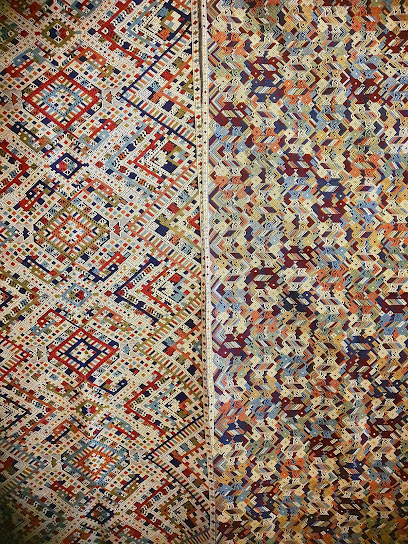
ຟອງສະມຸດ ຮ້ານຂາຍເຄື່ອງທົ່ວໄປ
Explore the vibrant shopping scene at ຟອງສະມຸດ in Ban Mouang Cha, where local culture meets unique treasures for every traveler.
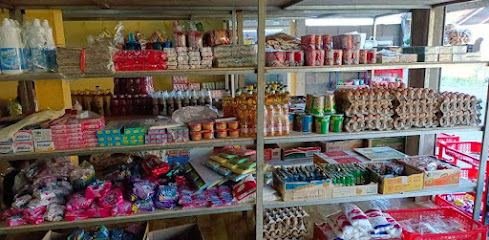
Heliupingmobile CPT10 RG1.9.01 A+
Discover the perfect blend of relaxation and rich flavors at Heliupingmobile CPT10 RG1.9.01 A+, Sana Somboun's premier coffee shop.

ໂຮງຮຽນປາດຖະນ
Discover the vibrant local culture at ໂຮງຮຽນປາດຖະນ, a charming store in Ban Pho Hièou offering authentic Laotian handicrafts and local products.

NZL Cafe & Restaurant
Experience the delightful flavors and cozy ambiance at NZL Cafe & Restaurant in Ban Mouang Cha, a must-visit for coffee lovers.
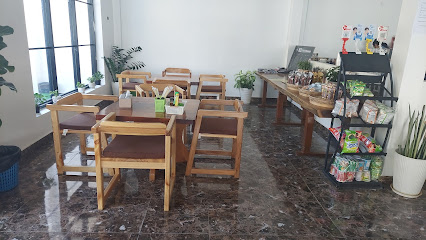
Space Eye Lao
Explore handcrafted treasures and authentic local culture at Space Eye Lao in Ban Pho Hièou, a perfect stop for unique souvenirs.

Heliuping mobile PC2 CPT10.9.01A+
Explore the latest mobile technology at Heliuping Mobile PC2 CPT10.9.01A+, your go-to cell phone store in Ban Mouang Cha, Laos.
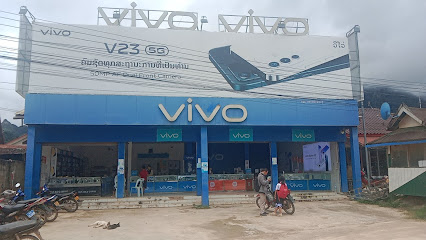
ຕົວແທນ Umoney
Explore local culture and unique crafts at Umoney, the charming general store in Ban Pho Hièou, offering authentic goods and friendly service.

Essential bars & hidden hideouts
Gary's Irish Bar - The Rising Sun
Discover the charm of Gary's Irish Bar - The Rising Sun in Vang Vieng, where traditional Irish cuisine and warm hospitality await every visitor.
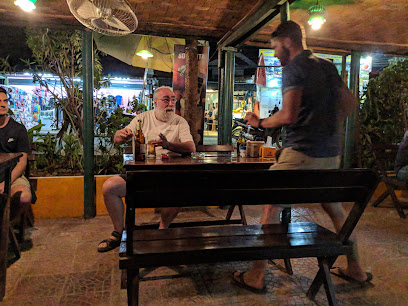
Indy mini bar
Discover the vibrant atmosphere of Indy Mini Bar in Vang Vieng, where delicious drinks and friendly vibes await every traveler.
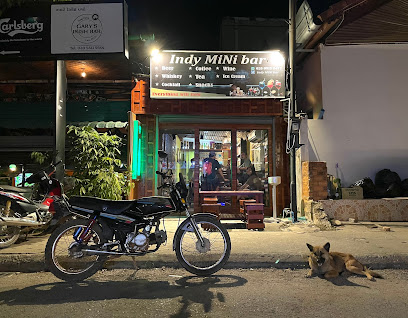
Jaidee's Bar & Restaurant
Discover the lively atmosphere of Jaidee's Bar & Restaurant in Vang Vieng, where delicious food and refreshing drinks create unforgettable nights.
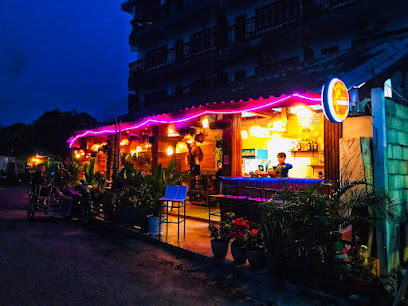
The Big Easy Bar Vang Vieng
Discover the vibrant atmosphere at The Big Easy Bar in Vang Vieng, offering delicious grilled delights and lively entertainment for tourists.
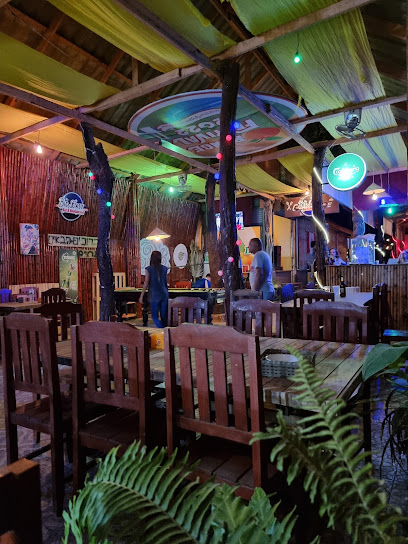
Dragon789 Bar, Coffee and Restaurants
Discover the lively ambiance of Dragon789 Bar in Vang Vieng, where great food and drinks meet the vibrant local culture.
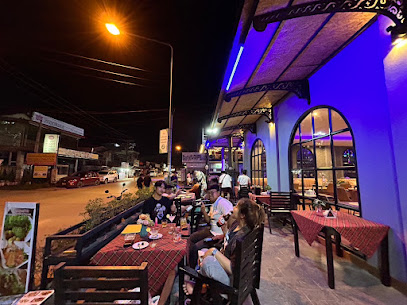
ຮ້ານບັນເທີງ BK PUB
Discover the lively atmosphere of ຮ້ານບັນເທີງ BK PUB, where local culture meets refreshing drinks in the heart of ແຂວງໄຊສົມບູນ.
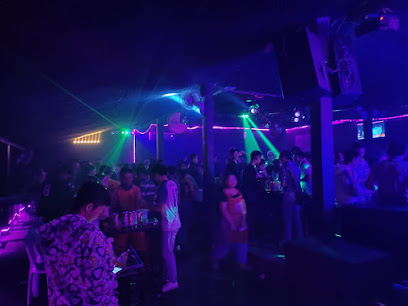
Reggae Bar
Discover Vang Vieng's vibrant nightlife at Reggae Bar, where good vibes and great company await every traveler.
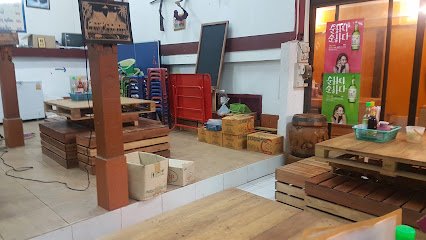
Tubing Bar
Discover Tubing Bar in Vang Vieng, the perfect spot for relaxation, scenic views, and refreshing drinks amidst breathtaking natural beauty.
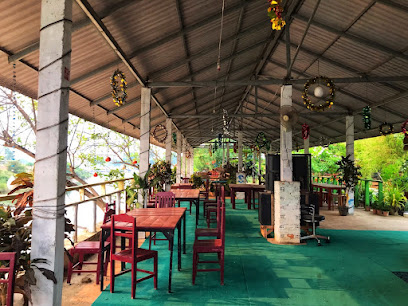
Xai som boun
Experience the vibrant nightlife and local flavors at Xai som boun in Ban Mouang Cha, a bar that embodies the essence of Lao culture.
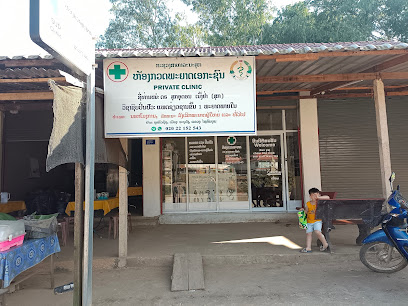
ສວນອາຫານ ບີກະທິງ
Discover the lively bar scene at ສວນອາຫານ ບີກະທິງ, where local flavors and vibrant atmosphere unite in Long Tieng.
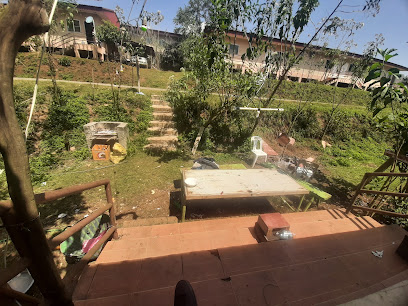
Insomnia Vangvieng
Experience the vibrant nightlife at Insomnia Vangvieng, a cocktail bar by the Nam Song River offering exquisite drinks and a lively atmosphere.

ຮ້ານອາຫານ ແຫລ້ ຄາລາໂອເກະ
Discover the vibrant bar scene at ຮ້ານອາຫານ ແຫລ້ ຄາລາໂອເກະ, where local flavors and lively atmosphere await in ບ້ານທ່າເຮືອ.

Feelup ລານແຄມປີ້ງ
Experience the vibrant nightlife at Feelup ລານແຄມປີ້ງ, a lively bar in Ban Mouang Cha offering local drinks and a welcoming atmosphere.
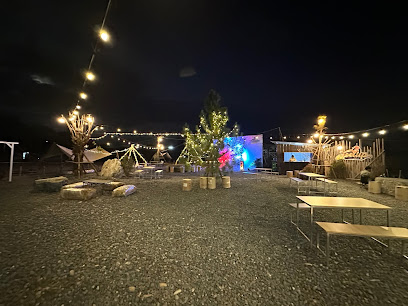
Kangaroo Sunset Bar
Experience the best of Vang Vieng at Kangaroo Sunset Bar, where stunning sunsets meet a lively atmosphere and refreshing beverages.

ຮ້ານອາຫານຕຸ່ນຄຳ(ແມ່ມີໂນ່)
Dive into the heart of Laotian culture at ຮ້ານອາຫານຕຸ່ນຄຳ(ແມ່ມີໂນ່), where every dish tells a story.

Local Phrases about Xaisomboun Province
-
- Helloສະບາຍດີ
[sa baai di] - Goodbyeສະບາຍດີ
[la kon] - Yesຮີ
[hii] - Noບໍ່
[bo] - Please/You're welcomeກະລຸນາ
[ka lai na] - Thank youຂອບໃຈ
[kop jai] - Excuse me/Sorryຂ້າພົນ
[ka phoun] - How are you?ໂຊກດີບໍ?
[sok di bo?] - Fine. And you?ດີດີ. ເຈົ້າດີແລ້ວ?
[di di. jao di laew?] - Do you speak English?ທ່ານເວົ້າໃນພາສາອັງກິດແລ້ວບໍ?
[than wao nai phasa angkit laew bo?] - I don't understandຂໍຂອບ
[ko kop]
- Helloສະບາຍດີ
-
- I'd like to see the menu, pleaseຂໍຂອບເບິ່ງເມືອງການອາຫານ
[ko kop beng mueng kan ahan] - I don't eat meatຂໍຂອບບານ
[ko kop ban] - Cheers!ຂິຣີ
[ci] - I would like to pay, pleaseຂໍຂອບຈ່າຍ
[ko kop chai]
- I'd like to see the menu, pleaseຂໍຂອບເບິ່ງເມືອງການອາຫານ
-
- Help!ຊ່າງໄວ!
[sang wai] - Go away!ໄລຍາຫລາຍ!
[lai lai] - Call the Police!ໂທນຊາຍ!
[thon say] - Call a doctor!ໂທນລັດຖະມົນ!
[thon lat than mon] - I'm lostຂໍຂອບໃຈຄົນ
[ko kop jai khun] - I'm illຂໍຂອບຕິດ
[ko kop dit]
- Help!ຊ່າງໄວ!
-
- I'd like to buy...ຂໍຂອບຊື້...
[ko kop su...] - I'm just lookingຂໍຂອບເບິ່ງແຕ່ລະ
[ko kop beng tae lae] - How much is it?ຫຼື່ຈາກໆ?
[luak jak jak?] - That's too expensiveນີ້ເປັນສົນຫາວ່າງ
[ni pen son havang] - Can you lower the price?ທ່ານບໍ່ສາມາດກູ້ລາຄາໄດ້ບໍ?
[than bo samat ku law ka dai bo?]
- I'd like to buy...ຂໍຂອບຊື້...
-
- What time is it?ເວລາແລ້ວ?
[welaa laew?] - It's one o'clockແລວເທົ້າ
[lew tet na] - Half past (10)ສູງສຸດ (10)
[sung sut sip] - Morningເຊົ້າ
[sao] - Afternoonສາມຫຼັບ
[sam hup] - Eveningຕາໝູ
[tam mu] - Yesterdayແມ່ນວັນ
[mae wan] - Todayມື້ນີ້
[me ni] - Tomorrowມື້ອື່ນ
[me un] - 1ໜຶ່ງ
[neung] - 2ສອງ
[song] - 3ສາມ
[sam] - 4ສີ່
[si] - 5ຫ້າ
[ha] - 6ຫົກ
[hok] - 7ແປງ
[paeng] - 8ແຈ້ງ
[ching] - 9ເກົ້າ
[kao] - 10ສິບ
[sip]
- What time is it?ເວລາແລ້ວ?
-
- Where's a/the...?ຢູ່ຫນຶ່ງ...ດີບໍ?
[yu num... di bo?] - What's the address?ທີ່ຢູ່ດ້ວຍເວລາ?
[ti yu duai welaa?] - Can you show me (on the map)?ທ່ານສະແດງຂໍຂອບນຶ່ງ (ທຽວລາຍເວລາ) ບໍ?
[than sang daeng ko kop num (tue lai welaa) bo?] - When's the next (bus)?ມື້ອື່ນເອກກິດເດືອນ?
[me un ekkid deuan?] - A ticket (to ....)ຟາກເປັນການຜ່ານຂອບຂ້າ...
[fak pen kan pan kop kao...]
- Where's a/the...?ຢູ່ຫນຶ່ງ...ດີບໍ?
History of Xaisomboun Province
-
Xaisomboun Province has a rich history dating back to ancient times, with evidence of early human settlements. The region was historically inhabited by various ethnic groups, including the Hmong, Khmu, and other indigenous communities. These groups have left behind a cultural tapestry that is still evident in the province's traditions and ways of life.
-
In the late 19th and early 20th centuries, Xaisomboun Province came under French colonial rule as part of French Indochina. The French influence is still visible in some of the architecture and infrastructure in the region. The colonial era also saw the introduction of new crops and farming techniques, which have influenced local agriculture.
-
During the 1960s and 1970s, Xaisomboun Province played a significant role in the Laotian Civil War and the broader conflict known as the Secret War. The area was a stronghold for the Pathet Lao, the communist forces fighting against the Royal Lao Government and its American allies. The region was heavily bombed, and remnants of this conflict, such as unexploded ordnance, are still found today.
-
In 1994, the Lao government established Xaisomboun as a special administrative zone due to its strategic importance and the need to control insurgent activities. This status allowed for increased military presence and development initiatives aimed at stabilizing the region. The special zone status remained until Xaisomboun was officially upgraded to a province in 2013.
-
Xaisomboun Province is known for its vibrant cultural festivals, particularly those celebrated by the Hmong and Khmu communities. The Hmong New Year, for example, is a major event that includes traditional music, dance, and ceremonial practices. These festivals offer a glimpse into the rich cultural heritage that has been preserved despite the region's turbulent history.
-
Apart from its historical significance, Xaisomboun Province is renowned for its stunning natural landscapes. The province is home to Phou Bia, the highest peak in Laos, and numerous other natural attractions such as waterfalls, caves, and lush forests. These natural features not only provide breathtaking views but also serve as important cultural and spiritual sites for the local communities.
Xaisomboun Province Essentials
-
Xaisomboun Province is located in central Laos. The nearest major airport is Wattay International Airport in Vientiane, approximately 140 kilometers away. From Vientiane, you can take a bus or hire a private car to reach Xaisomboun. The journey typically takes around 4 to 5 hours by road. For a more scenic route, consider taking a minibus or a guided tour that includes stops at various attractions along the way.
-
Within Xaisomboun Province, transportation options include local buses, tuk-tuks, and taxis. Renting a motorbike is a popular choice for travelers who want to explore the area at their own pace. Be aware that roads can be rough and conditions vary, so drive cautiously. For longer distances, private car hires are available and can be arranged through local travel agencies or hotels.
-
The official currency in Laos is the Lao Kip (LAK). While some hotels and larger establishments may accept US dollars or Thai Baht, it is advisable to carry Lao Kip for everyday transactions. Credit cards are not widely accepted, so it's best to have cash on hand. ATMs are available in larger towns and cities, but may be scarce in rural areas. Ensure you have enough cash before heading to remote locations.
-
Xaisomboun Province is generally safe for tourists. However, it is important to take standard precautions. Avoid walking alone at night in unfamiliar areas and keep an eye on your belongings in crowded places. There have been occasional reports of petty theft and scams targeting tourists, so remain vigilant. It is advisable to stay updated on local news and travel advisories.
-
In case of emergency, dial 1191 for police assistance or 1195 for medical emergencies. It's recommended to have travel insurance that covers medical emergencies. Medical facilities in Xaisomboun are limited, so for serious health issues, you may need to travel to Vientiane. Pharmacies are available in larger towns for minor health concerns. Keep a list of emergency contacts, including your embassy, hotel, and local guides.
-
Fashion: Do dress modestly, especially when visiting religious sites. Avoid wearing revealing clothing. Religion: Do respect local customs and traditions. Remove your shoes before entering temples and dress conservatively. Public Transport: Do be respectful and patient. Give up your seat to elderly passengers. Don’t eat or drink on public transport. Greetings: Do greet people with a slight bow or a 'nop' (hands pressed together in a prayer-like gesture). Eating & Drinking: Do try local delicacies and accept food offerings graciously. Don’t point your feet at people or religious objects, as it is considered disrespectful.
-
To experience Xaisomboun Province like a local, visit the local markets where you can buy fresh produce and traditional Lao goods. Engage with locals, who are often friendly and willing to share stories about their culture. Don't miss visiting the Phou Bia Mountain, the highest peak in Laos, and the scenic Nam Ngum Reservoir. For a unique experience, participate in a traditional Baci ceremony to receive blessings for your journey.
Nearby Cities to Xaisomboun Province
-
Things To Do in Phonsavan
-
Things To Do in Xieng Khouang
-
Things To Do in Vientiane
-
Things To Do in Luang Prabang
-
Things To Do in Udon Thani
-
Things To Do in Loei
-
Things To Do in Nan
-
Things To Do in Thakhek
-
Things To Do in Muang Sing
-
Things To Do in Savannakhet
-
Things To Do in Chiang Rai
-
Things To Do in Hanoi
-
Things To Do in Sapa
-
Things To Do in Sukhothai
-
Things To Do in Chiang Mai


